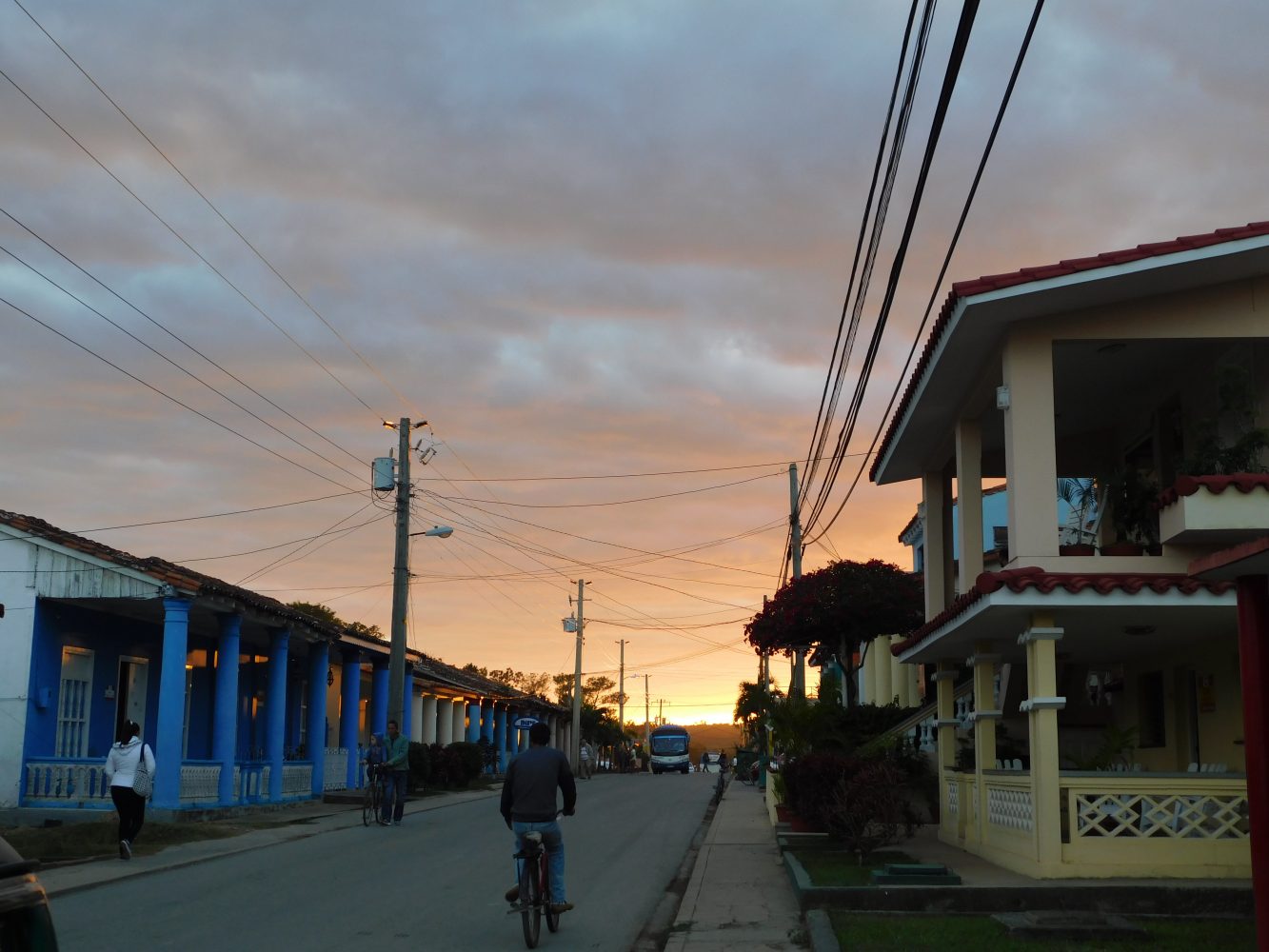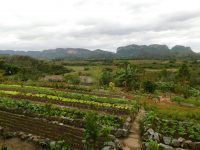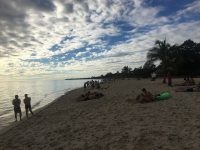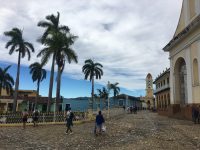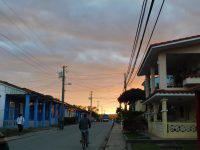Photos courtesy of Emma Gauthier
After a week full of new experiences and adventures, ten students experienced what living a vastly different life was like for a week in Cuba. This year’s Winter J-Term trip to Cuba was like no other. With trips to places such as Havana and Viñuales, students experienced many new and unique opportunities such as learning about tobacco production, meeting with famous artists, touring museums and cities, as well as gaining academic credit.
Mimicking the spring semester trip to Cuba, which allows students to take multiple classes through the University of Rhode Island, this week-long trip counted as PSC 415 credit and gave the students new experiences in traveling and learning about the history of the country.
The students got to experience many traditions and experiences of Cuba. They got to stay in “casa particulares” which are rooms that Cuban families rent out to tourists. Which allowed the students closer contact with those living and working in the country, to have conversations and to learn more about life there. They also learned about the Cuban revolution, took salsa dancing lessons and learned about the history of the country.
Kristin Johnson, the staff member that went with the ten students, explained the value of the trip for students in learning about influences other countries have on Cuba as a whole and its people. Referring to the many different influences, Johnson explained that many times there were “…a lot of horse-drawn carts often on the roads with tour buses and cars.”
“It’s hard to understand unless you experience it. There are moments where you can see different influences of the political, social, cultural, historical reality,” Johnson said.
Many students recalled their trip as something totally different from anything they had ever witnessed before. Sashalee Martinez, a student that went on the trip described a disconnect from the world.
“I am the type of person to enjoy face-to-face conversations rather than focusing on what the world is up to,” Martinez said. “Being able to do just that and focus on its culture, its people, and the students/staff members that I went with, was an amazing experience.”
With many opportunities to explore the tremendously different lifestyles of the Cuban people, students had the opportunity of meeting with a surgeon at one of the major hospitals in Havana that taught them about the healthcare system. They also met an urban planner that explained how the architecture of cities in Cuba affects daily life and lifestyles, and how this will change over time.
The difference in ways of living among Cubans, which stood out to Sashalee Martinez, was the number of people begging for money in the cities.
“What surprised me the most was the amount of people asking for money,” Martinez said. “I have come to the conclusion that some people in Cuba are in need… Tipping someone… was the least of my expectation, but it happened and… it was a story to hold on to.”

